
There is something inherently comforting about the smell of freshly brewed coffee in the morning. For many, a reliable coffee maker is more than just a convenience; it’s a cherished companion that gets them through the day. However, if your coffee maker suddenly stops working, it can feel like a minor crisis. Understanding the reasons why coffee makers fail is crucial for every coffee enthusiast. While the sting of a broken machine is universal, the frustration can be particularly acute when a premium model, perhaps one expected to perform flawlessly for years, unexpectedly falters.
Regardless of price point, coffee machines are complex appliances, and like any piece of engineering, they are susceptible to a range of operational and mechanical issues. From the intricate network of water lines to the sensitive electrical components, numerous factors can contribute to a sudden malfunction. This situation often leaves owners contemplating not just the immediate inconvenience, but the deeper question of whether to invest in repair or consider a full replacement, especially when the initial investment was substantial.
In this comprehensive guide, we’ll delve into the most common culprits behind coffee maker failures, offering insights gleaned from extensive analysis of real-world performance and reliability. Our aim is to provide practical, user-focused advice, helping you diagnose problems, understand potential solutions, and ultimately make an informed decision to either revive your beloved machine or confidently step into the world of new brewing technologies. We aim to equip you with the knowledge to navigate these frustrating breakdowns, ensuring your daily coffee ritual remains uninterrupted and enjoyable.
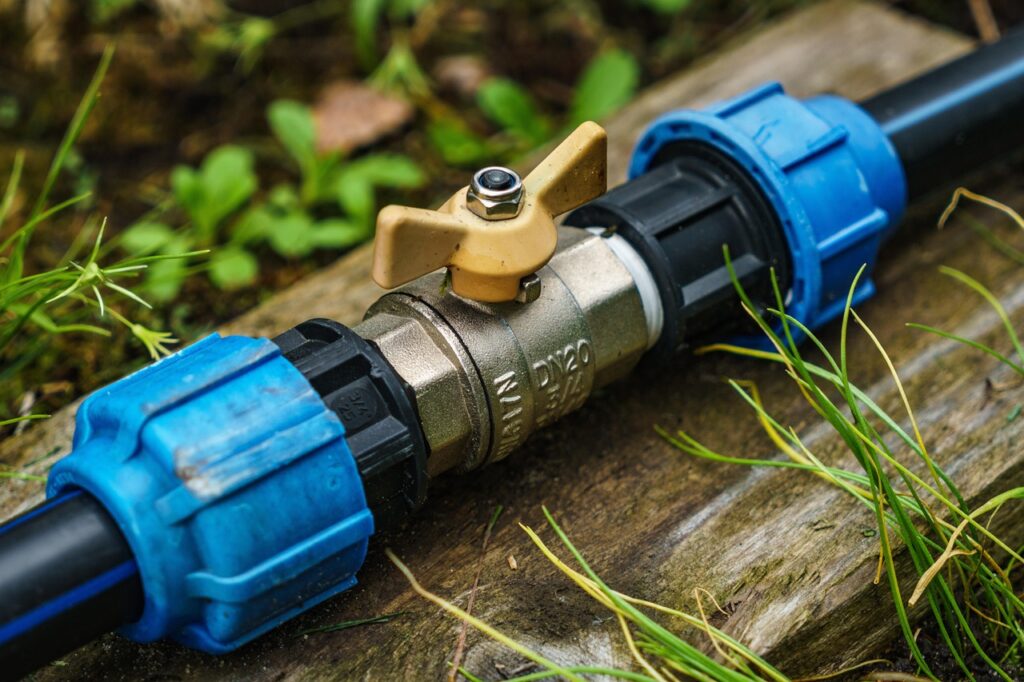
1. **Clogged Water Lines**One of the most frequent reasons for a coffee maker to malfunction is a clogged water line. These internal tubes are essential pathways for water, from the reservoir to the heating element, and finally, to the brew basket. When these lines become obstructed, the machine cannot perform its fundamental duty of brewing coffee effectively, if at all.
Over time, mineral deposits from hard water can accumulate in these internal tubes of your coffee maker. This accumulation, often referred to as limescale, gradually narrows the passageway for water, creating blockages that prevent water from flowing freely. This issue is particularly common in areas with hard water, where mineral content is high and regular maintenance is often overlooked.
Indicators of a clogged water line include inconsistent brewing, where coffee strength varies wildly, or the machine struggling to push water through, resulting in slow drip rates. In more severe cases, water might not flow at all, leaving you with dry grounds and no coffee. This can be incredibly frustrating, especially when you are counting on your morning brew.
Performing regular descaling is vital to prevent and resolve this issue. You can use a solution of equal parts vinegar and water and run this through your coffee maker instead of regular water, following the manufacturer’s instructions. This practice can help dissolve any mineral deposits and restore normal water flow, often bringing your machine back to full functionality. Regular maintenance, such as descaling, can significantly extend the life of your coffee machine and prevent these common blockages.
Read more about: Sandra Bullock’s Ageless Radiance: Unveiling the Skincare Secrets That Keep Her Forever Young
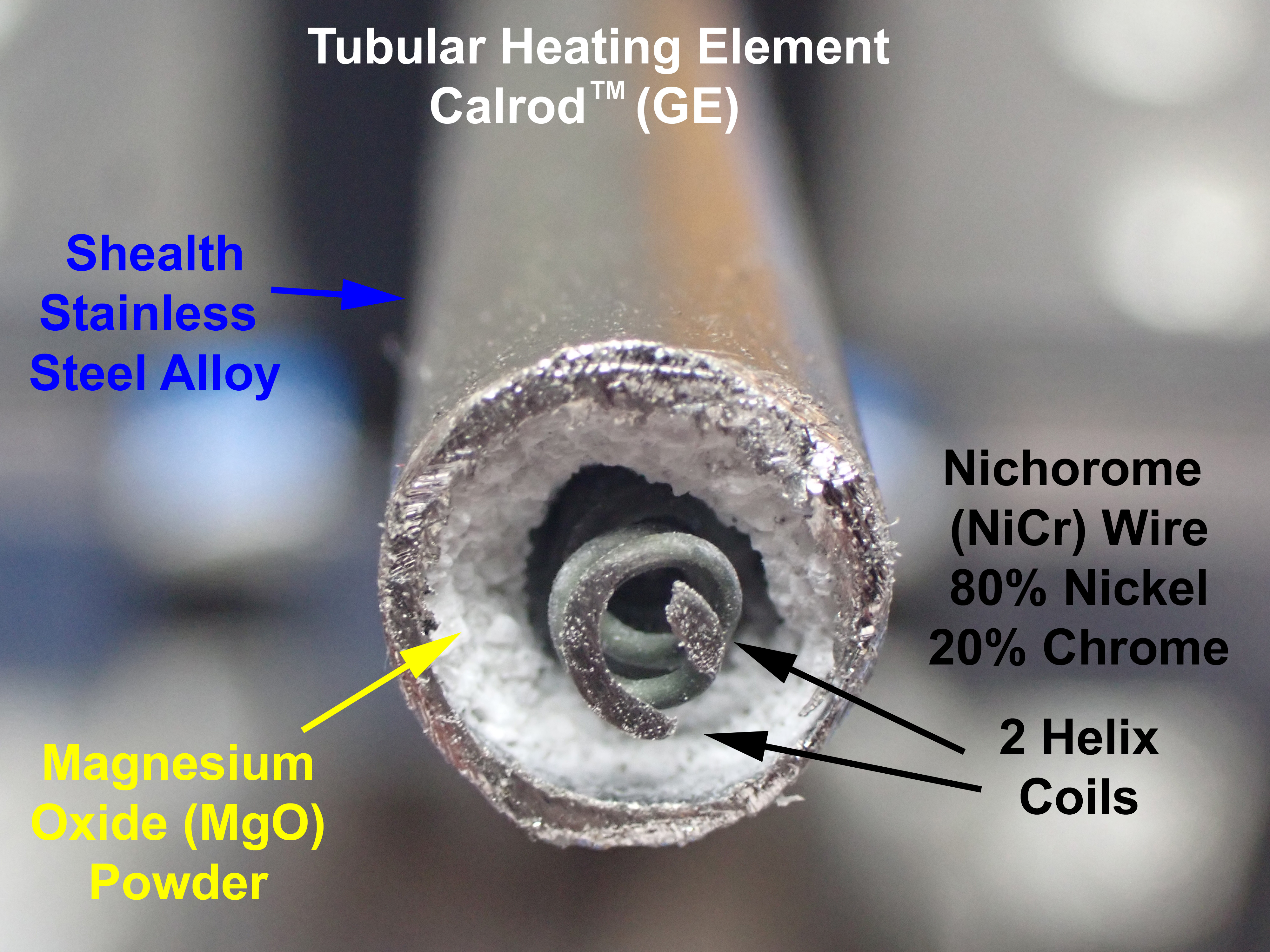
2. **Failed Heating Element**If your coffee maker is not brewing at all or is only producing lukewarm coffee, the heating element might be the culprit. This component is responsible for heating the water to the optimal temperature for brewing, which is crucial for proper extraction of flavor from coffee grounds. Without adequate heat, your coffee will be weak, bitter, or simply unpalatable.
There are several distinct signs that point towards a failing heating element. The coffee might take an unusually long time to brew, indicating that the element is struggling to reach or maintain the necessary temperature. Another clear sign is if the coffee brews cold, or barely warm, signifying a complete failure of the heating mechanism. Furthermore, you might notice a strange smell, perhaps a burning odor, or an unusual sound coming from the machine, which can signal electrical or mechanical stress on the element.
The consequence of a failed heating element extends beyond just a cold cup. The brewing process relies on specific temperature ranges to extract the soluble compounds from the coffee grounds efficiently. When the water isn’t hot enough, these compounds aren’t properly dissolved, leading to an underdeveloped and unsatisfying brew. This fundamental flaw can render even the most expensive coffee machine utterly useless for its primary purpose.
Unfortunately, if the heating element has failed, it may require professional repair or replacement. Unlike clogged lines, this is not typically a DIY fix due to the electrical components involved. If your coffee maker is under warranty, checking with the manufacturer for repair options is the first recommended step. However, for older machines, the cost of replacing this critical component might push you towards considering a new model entirely, as often the parts and labor can approach the price of a budget-friendly replacement.
Read more about: Massive Listeria Outbreak: An In-Depth Investigation into Boar’s Head and Kroger Deli Meat Contamination and Its Widespread Impact

3. **Electrical Issues**Electrical problems can prevent your coffee maker from turning on or functioning correctly, posing both a convenience issue and a potential safety hazard. These issues can range from simple external problems like a faulty power cord to more complex internal failures such as blown fuses or malfunctioning internal wiring. Identifying and addressing these promptly is essential for both your machine’s operation and your household’s safety.
Common signs of electrical issues are often quite evident. The most straightforward indicator is if the coffee maker does not power on at all, showing no lights or signs of life. More alarmingly, if you notice sparks or burning odors emanating from the machine, it is a strong signal of a serious electrical fault. These latter signs necessitate immediate unplugging of the appliance to prevent further damage or potential fire hazards.
Troubleshooting electrical problems begins with checking the obvious power sources. First, ensure the coffee maker is properly plugged into a functional wall outlet. You can easily test the outlet’s functionality by plugging in another small appliance that you know works. If the outlet is working, the next step is to inspect the power cord itself for any signs of wear, fraying, or damage. A damaged cord can interrupt power flow or create dangerous short circuits.
If the power source and cord appear intact, the issue likely lies within the machine’s internal electrical system, such as a blown fuse or a circuit board malfunction. For such complex internal problems, it is generally not advisable for the average user to attempt repairs due to the inherent electrical risks. Instead, professional services or warranty claims are the recommended course of action. Evaluating if the repair is worth the risk, especially with older machines and potential safety hazards with outdated components, is a crucial consideration.
Read more about: Massive Listeria Outbreak: An In-Depth Investigation into Boar’s Head and Kroger Deli Meat Contamination and Its Widespread Impact

4. **Faulty Switch or Button Malfunction**Beyond the internal workings of water flow and heating, the user interface itself can be a point of failure. A faulty switch or button malfunction can render a coffee machine inoperable, even if all other components are technically sound. These seemingly minor issues can prevent you from initiating a brew cycle, selecting settings, or even turning the machine on or off, effectively bricking the appliance.
Identifying switch problems usually involves the machine’s controls being unresponsive. You might press the ‘on’ button repeatedly with no result, or a specific brewing option button might fail to register your input. Sometimes, buttons can become physically stuck or loose, making it difficult to engage them properly. This can be particularly frustrating with digital interfaces where touch sensors fail to respond to interaction.
The impact of a non-functional switch or button is immediate and debilitating to the user experience. Your ability to customize your coffee, select brew strength, or even simply start the brewing process is entirely dependent on these tactile controls. A seemingly small component failure can completely disrupt your daily coffee ritual, turning a premium machine into an expensive countertop ornament. The convenience that a coffee machine offers vanishes when its primary controls cease to function reliably.
Solutions for switch issues can vary. For physically stuck buttons, a gentle cleaning around the edges might dislodge any debris causing the blockage. However, for internal electrical switch failures or unresponsive touch panels, direct user repair is often not feasible or recommended. These issues typically require a professional assessment to determine if a replacement part is available and if the repair cost is justifiable. It underscores how critical every component, no matter how small, is to the overall functionality and user satisfaction of a coffee machine.
Read more about: Hold Up! 12 Electric Vehicles That Have Owners Wishing for a Do-Over
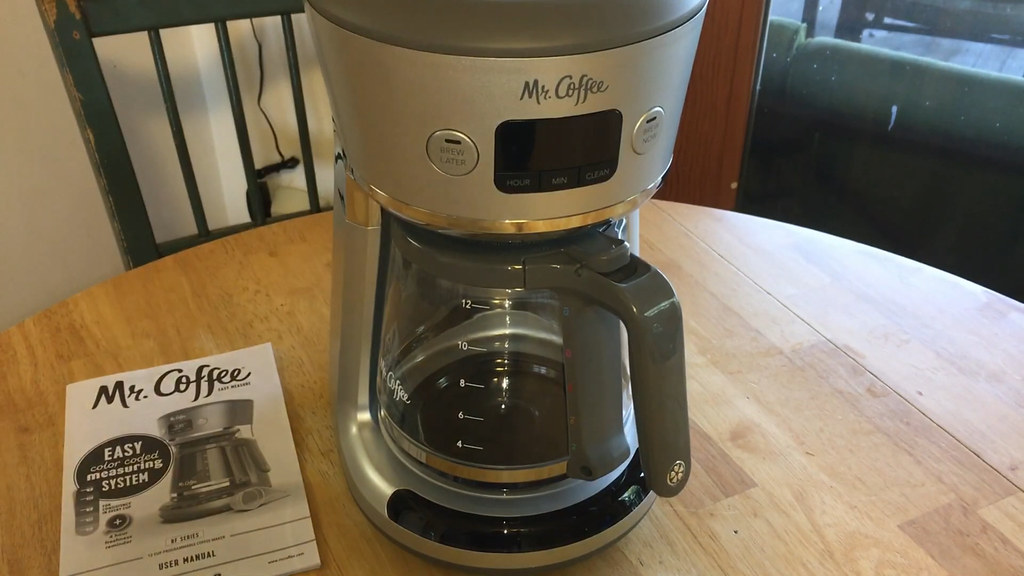
5. **Blocked Brew Basket**The brew basket is a fundamental component of any drip coffee maker, designed to hold the coffee grounds while hot water passes through them to extract flavor. When this basket becomes blocked or clogged, it significantly impacts the brewing process, leading to less than satisfactory results and potential operational issues for the machine itself.
Blockages in the brew basket primarily occur due to fine coffee grounds, coffee oils, or other residues accumulating in the small perforations at the bottom. Using coffee that is ground too finely for your machine type, or simply neglecting regular cleaning, can exacerbate this issue. Over time, these particles can compact, forming a stubborn barrier that impedes the flow of brewed coffee into the carafe.
Indicators of a clogged brew basket are often noticeable during and after the brewing cycle. You might observe water pooling in the brew basket, draining very slowly, or even overflowing onto your countertop. The resulting coffee often tastes weak or watery, as the water hasn’t had proper contact time with the grounds, or it might be overly strong if the flow is severely restricted, leading to over-extraction. Inconsistent brewing is also a tell-tale sign of a partial blockage.
Fixing this problem typically involves thorough cleaning and regular maintenance. After each use, the brew basket should be emptied and rinsed. Periodically, a deeper clean with warm, soapy water and a brush can help remove stubborn coffee oils and finely lodged grounds. Ensuring you use the correct grind size for your specific coffee machine is also crucial in preventing future blockages, allowing water to pass through the grounds efficiently for an optimal extraction. Regular maintenance, such as cleaning, can also prolong the lifespan of your coffee machine and reduce the likelihood of repairs.
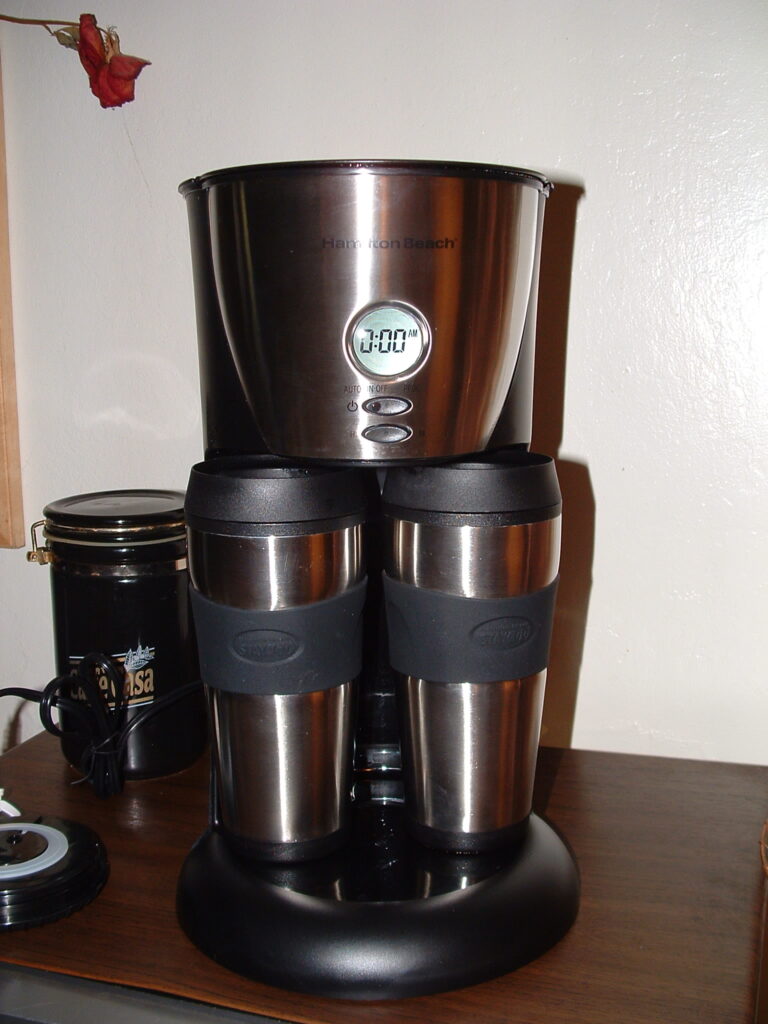
6. **Malfunctioning Thermal Carafe**While not a core brewing component in the same way as a heating element, a malfunctioning thermal carafe can significantly diminish the overall coffee experience and is considered a common point of failure for many machines. The thermal carafe’s primary purpose is to keep your brewed coffee hot for extended periods without continuing to heat it, which can scorch the coffee and ruin its flavor.
Signs of a thermal carafe issue usually involve its inability to maintain temperature. If your coffee rapidly cools down after brewing, despite the carafe being designed for insulation, it suggests a compromise in its thermal properties. This could be due to damaged seals, a crack in the inner lining, or simply a degradation of the vacuum insulation over time. Another issue might be a leaky seal around the lid or spout, leading to drips and a loss of heat.
The impact on coffee enjoyment is direct and immediate. No one wants a cold cup of coffee shortly after it’s brewed. The integrity of the carafe directly affects the quality of your coffee hours after brewing, which is a major selling point for machines that come with thermal carafes. A malfunctioning carafe negates the convenience and quality preservation it was designed to provide, making your coffee ritual less satisfying.
What you can do largely depends on the specific nature of the malfunction. For minor leaks, checking and repositioning the lid or ensuring seals are clean can sometimes help. However, if the thermal properties are compromised or there’s significant damage, the most practical solution is often to replace the carafe itself. Many manufacturers offer replacement carafes for purchase. While this is not a repair of the main coffee machine unit, it’s a necessary step to restore the intended functionality and satisfaction of your coffee maker system. Evaluating its age and assessing the environmental impact of replacing versus repairing or getting a new one is a factor to consider here.
Navigating the unexpected breakdown of a once-prized coffee machine can be a particularly disheartening experience, especially when it falters long before its expected lifespan. While the first section focused on diagnosing the common culprits behind these failures, the subsequent and equally critical step involves making an informed decision: should you embark on the path of repair, or is it time to consider a complete replacement? This dilemma often presents a complex interplay of factors that extend beyond immediate fixes, touching upon long-term value, personal preferences, and even environmental considerations.
Our aim now is to equip you with the insights needed to weigh these options thoroughly, ensuring that your next step, whether it’s a repair or a new purchase, aligns perfectly with your needs and expectations. We’ll delve into six crucial aspects that consumers must meticulously evaluate when faced with a broken coffee machine, transforming what feels like a minor crisis into an opportunity for a well-considered and strategic choice. Understanding these factors will not only save you potential financial headaches but also contribute to a more satisfying and sustainable coffee experience down the line.
Read more about: An Outdoor Survival Master’s Secret Toolkit: Unpacking the 11 Essential Wilderness Lifelines
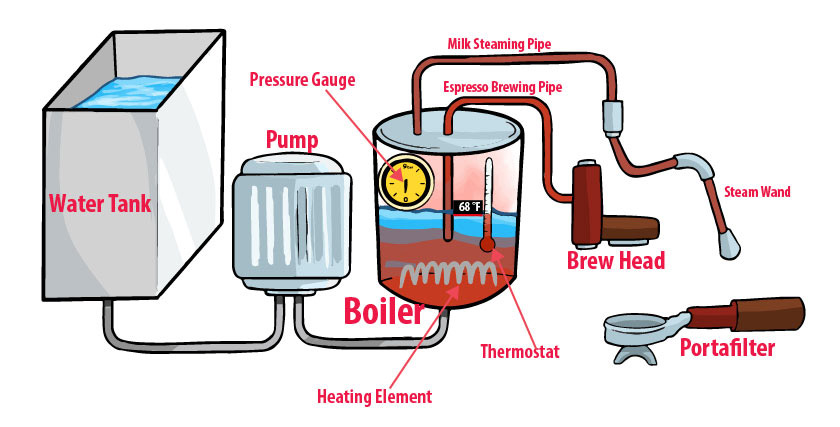
7. **Assessing the Age of Your Coffee Machine**One of the first and most fundamental questions to ask when your coffee machine breaks down is about its age. Evaluating how long you’ve owned the appliance is a vital step in determining whether repairing it is a practical investment or if replacement offers a better long-term solution. The typical lifespan of most coffee machines can vary significantly, usually falling between 5 to 15 years, a range influenced heavily by the brand’s quality, how frequently it’s used, and the diligence of its maintenance.
If your machine is beginning to exhibit consistent signs of wear and tear, such as inconsistent brewing temperatures, unexplained leaks, or increasingly frequent minor malfunctions, these could all point to an appliance that is nearing the end of its operational life. These indicators serve as crucial prompts for an honest age evaluation. Beyond just the years it has served, consider your personal usage patterns and the quality of water you typically use, as these elements exert considerable influence on a machine’s longevity and internal component degradation.
When a coffee machine is approaching the latter part of its expected lifespan, investing a substantial amount in repairs may prove to be a less economical choice. The cost of parts and labor could easily accumulate to a figure that approaches or even exceeds the price of a brand-new model, which often comes with renewed warranties and contemporary features. In such cases, the pragmatic decision often leans towards replacing it, thereby freeing you from the recurring hassle and expense of continuous repairs.
Ultimately, a clear understanding of your coffee machine’s age and its current state helps you make a truly informed decision. This crucial evaluation empowers you to avoid pouring good money after bad and instead direct your resources towards a solution that promises reliability and continued enjoyment of your daily coffee ritual. Moreover, adhering to regular maintenance schedules, such as routine descaling to prevent limescale buildup, can play a significant role in extending the functional life of your coffee machine, potentially delaying this difficult repair-or-replace decision.
Read more about: Reclaiming Your Attention: A Practical Guide to Breaking Free from the Endless Scroll of Social Media
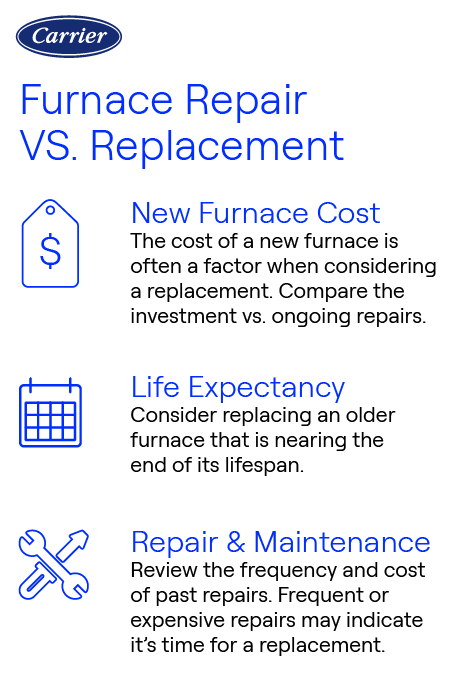
8. **Understanding Repair Costs**Once you’ve assessed the age of your coffee machine, the next critical step in the decision-making process is a thorough evaluation of potential repair costs. This understanding is paramount because it allows you to directly compare the expense of fixing your current machine against the investment required for a brand-new unit. If your coffee machine is relatively new, say within the first few years of its life, opting for a repair might be a perfectly reasonable and economically sound strategy.
For newer machines, the cost of replacement parts and the associated labor can often be considerably less than purchasing an entirely new appliance. This makes repair a viable pathway to extending its life without a prohibitive financial outlay. However, the scenario shifts dramatically for older machines, particularly those nearing the end of their typical lifespan. These models frequently incur significantly higher repair costs, often due to the scarcity of obsolete parts and the specialized labor sometimes required. This can quickly push the cumulative repair expense into a territory where replacement becomes the more sensible option.
To ensure you make a truly well-informed decision, it is highly recommended to obtain detailed cost estimates from at least a couple of reputable local repair shops. These estimates should clearly itemize both parts and labor. With these figures in hand, you can then directly compare them with the market price of a new coffee machine that offers similar features and performance. This comparison should extend beyond just the immediate outlay, encompassing the long-term value, potential energy efficiency gains, and enhanced reliability that a new model might offer.
Beyond the raw numbers, also factor in the potential for future breakdowns if you choose to repair an older machine; sometimes, one repair can lead to another. While the initial investment in a new machine might seem higher, the potential for long-term savings from reduced energy consumption and fewer repair bills can make it a financially prudent choice. Furthermore, adhering to regular maintenance practices, such as routine cleaning and descaling, is often the most effective way to prevent many common issues that ultimately lead to costly repairs, helping you enjoy your daily brew without unexpected financial disruptions.
Read more about: Steer Clear: The 6 Minivans Families Regretted Driving Off the Lot – A Deep Dive into Automotive Disappointments
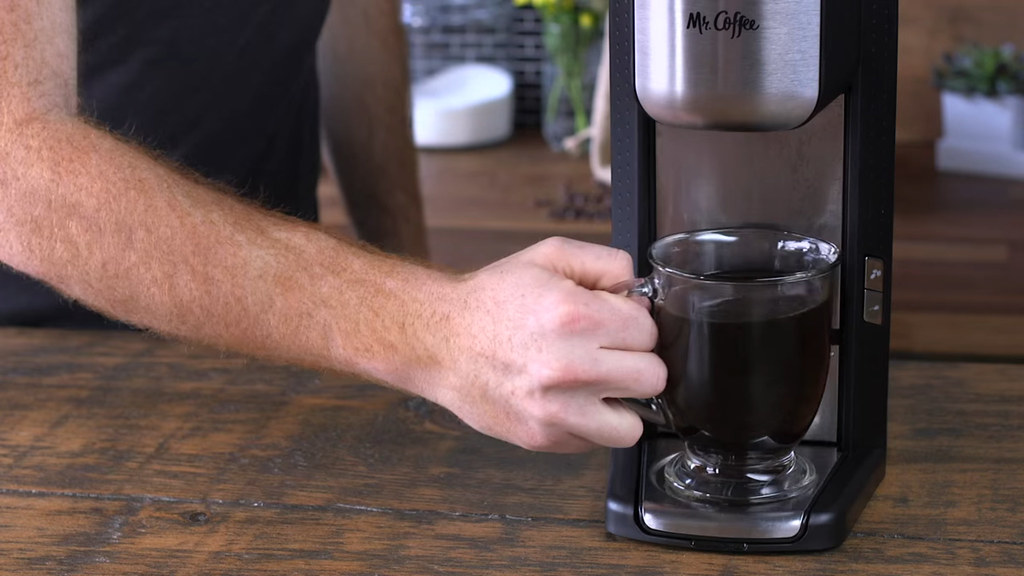
9. **Evaluating the Frequency of Use**The frequency with which you use your coffee machine is a surprisingly impactful factor when contemplating whether to repair or replace a broken unit. An appliance that sees daily, heavy use—perhaps brewing multiple cups throughout the day or supporting varied coffee preferences—is naturally subjected to more wear and tear than one used only occasionally. This heightened usage significantly influences the long-term reliability of components and can lead to more frequent and costly repairs over time.
If your daily routine heavily relies on your coffee maker, and it’s a constant companion for your morning ritual and beyond, then frequent breakdowns and the associated repair expenses can quickly become an irritating drain on both your finances and your patience. In such cases, even if a repair extends its life, the question arises whether the machine is truly worth the ongoing investment, especially if it indicates a recurring pattern of fragility under heavy demand. The inconvenience of a machine consistently out of commission can outweigh the cost of a new purchase.
Conversely, if your coffee maker is primarily a weekend luxury or only sees occasional use, then a repair might be a perfectly sensible and economical choice. The reduced stress on its components means that a single repair could potentially extend its life significantly, allowing it to continue serving its purpose without demanding a substantial new investment. This pragmatic approach ensures you’re not overspending on a new machine when your usage patterns don’t necessitate maximum durability.
Ultimately, your personal valuation of your daily coffee ritual should guide this decision. If a reliably performing machine is integral to enhancing your lifestyle and reducing daily friction, then investing in a replacement might offer greater peace of mind and long-term satisfaction than continually patching up an aging or underperforming unit. Your usage frequency, therefore, is not merely a statistic but a crucial determinant in making a choice that truly aligns with your practical needs and personal enjoyment. Regular maintenance, including diligent cleaning and descaling, also plays a crucial role in mitigating the effects of frequent use, thereby prolonging the functional lifespan of your coffee machine and reducing the likelihood of future repairs.
Read more about: Tesla’s Strategic Price Adjustments and Their Profound Impact on the Used Car Market
10. **Considering Warranty Options**Understanding the warranty options available for your coffee machine is a critical, often overlooked, aspect that can profoundly impact your decision to repair or replace a broken unit. A comprehensive warranty can transform a potentially costly repair into a hassle-free resolution, making it imperative to meticulously review your coverage before making any financial commitment. Manufacturers often offer varied terms, and knowing these specifics can save you considerable expense and frustration.
Several key factors warrant close evaluation when scrutinizing your warranty. Firstly, examine the *warranty coverage* itself: precisely what parts, components, or types of defects are included? Some warranties are extensive, covering nearly all functional failures, while others are quite specific, excluding common wear-and-tear issues. Secondly, be acutely aware of the *warranty duration*; knowing the exact period your coverage lasts is crucial. Many warranties typically span one to two years, but this can differ widely by brand and model, with some premium machines offering extended periods.
Beyond these, investigate any *warranty limitations* or exclusions. These fine print details can be vital, as certain conditions, such as damage from improper use or unauthorized repair attempts, might void your claim. It’s also worth exploring *warranty transfers and extensions*: can the warranty be transferred if you sell the machine, and are there options for purchasing an extended service plan? Such provisions can significantly add to the long-term value and peace of mind associated with your appliance.
Before you commit to any decision, take the time to thoroughly assess how your existing warranty conditions align with your current repair or replacement needs. If the specific issue your machine is experiencing is clearly covered under the warranty, then pursuing a repair through the manufacturer or an authorized service center is often the most sensible and financially sound route. However, if your machine is outside its warranty period, or if the damage falls under an exclusion, then you will need to contemplate investing in a new model, weighing the out-of-pocket repair costs against the benefits of a fresh start with a new warranty. Ultimately, a brand’s reputation for honoring its warranties and providing accessible support services can greatly influence your confidence in their products and, by extension, your repair-or-replace calculus.
Read more about: The Real Cost of Ownership: 10 Sedans That Become Money Pits After Five Years (And How to Avoid Them)

11. **Exploring Upgrades and New Features**When faced with a broken coffee machine, the decision isn’t solely about fixing what’s old; it’s also a prime opportunity to consider what’s new. Exploring the latest brewing technologies and smart features can reveal a compelling case for replacement, as these advancements offer significant enhancements to your daily coffee experience. Modern machines often deliver not only superior flavor extraction but also unparalleled convenience and customization options that may have been unavailable or less refined in your previous model.
New brewing technologies are continuously emerging, promising to elevate the quality of your brew. Enthusiasts now have access to machines boasting precision temperature control, which is crucial for ideal flavor extraction, ensuring every cup is consistently perfect. Smart grinders that automatically adjust based on the specific bean type can optimize freshness and grind consistency. Furthermore, innovations like immersion brewing offer richer flavor profiles, while the integration of eco-friendly materials demonstrates a growing commitment to sustainability in appliance manufacturing. Investing in a machine with these cutting-edge features can truly transform your daily ritual, offering a level of customization and consistency that redefines brewing perfection.
Beyond foundational brewing improvements, smart coffee machine features represent a genuine game-changer for many users. Smart brewing technology empowers you to precisely customize your coffee, allowing you to fine-tune strength and flavor to your exact preferences with unprecedented ease. Automated controls take convenience to the next level, enabling you to start brewing remotely from your smartphone, a perfect solution for busy mornings. Many contemporary models now come equipped with extensive connectivity options, allowing seamless integration with your existing smart home systems for even greater functionality and control.
These advanced machines often include proactive maintenance alerts, which keep you informed about crucial cleaning and descaling needs, thereby ensuring your appliance runs smoothly and efficiently, prolonging its effective life. Additionally, a strong focus on energy efficiency features in newer models can significantly reduce your electricity consumption, allowing you to enjoy exceptional coffee while simultaneously being more environmentally conscious. Investing in such features not only profoundly enhances your personal coffee ritual but also grants you a liberating degree of freedom in tailoring your brewing habits to your modern lifestyle.
Read more about: 9 Obscure Sedans That Boomers Loved: Unearthing the Relics Modern Drivers Overlook
12. **Assessing Environmental Impact**In an era of increasing environmental consciousness, the decision to repair or replace a broken coffee machine extends beyond personal convenience and financial outlay; it necessitates a thoughtful assessment of the environmental impact of each choice. Making a decision that aligns with your sustainability practices and promotes energy efficiency is crucial, contributing to a broader effort towards responsible consumption. This perspective encourages a more holistic view of appliance ownership, where the lifecycle of a product matters as much as its immediate utility.
There are several significant factors to meticulously weigh when considering the environmental footprint. Firstly, *waste generation* is a primary concern. Opting to replace a machine often contributes directly to the burgeoning global issue of electronic waste (e-waste). These discarded appliances, if not properly processed, can leach harmful chemicals into the environment and clog landfills. Repairing your current machine, therefore, actively reduces the amount of e-waste entering the waste stream, a direct positive impact.
Secondly, consider *resource consumption*. The manufacturing of new machines inherently demands substantial resources, including raw materials and considerable energy. Each new unit produced adds to this industrial demand. By extending the life of your existing machine through repair, you effectively defer the need for new manufacturing, conserving valuable resources and reducing the embedded energy expenditure associated with production. This choice favors a circular economy model over a linear one.
Finally, delve into the longevity of a repaired machine versus the energy use of a new one. A successfully repaired machine can significantly extend its functional lifespan, delaying the point at which it contributes to waste and resource consumption. While newer machines often boast improved *energy efficiency*, it is vital to perform a direct comparison against your current model. Sometimes, the environmental cost of manufacturing and disposing of an old machine outweighs the marginal energy savings of a new one, particularly if your older model is still relatively efficient. Furthermore, repairing issues like damaged silicone seals, which are common causes of leakage, can prevent premature replacement and further reduce environmental impact.
Making the Final Decision
Navigating the repair vs. replace dilemma for a coffee machine requires careful consideration of its age, the practical costs of repair, how often you rely on it, any applicable warranty, the allure of new technological features, and your commitment to environmental responsibility. Each of these elements plays a pivotal role in shaping a decision that’s not just economically sound but also personally gratifying and sustainable.
Read more about: Beyond the Bumper: How Minor Collisions Can Stealthily Turn Your Hatchback Into a Money Pit
Ultimately, your choice should reflect a balanced understanding of these factors, leading to a conclusion that provides the most reliable and enjoyable coffee experience for you, while also acknowledging the broader impact of your consumer choices. Whether it’s restoring a cherished companion or embracing the innovation of a new era, the goal is to ensure your daily brew remains a source of comfort and delight, free from unnecessary frustrations and mindful of our shared future.




:max_bytes(150000):strip_icc()/GettyImages-1161177015-f1de4ba58a6c4f50969d9119d80405a6.jpg)
